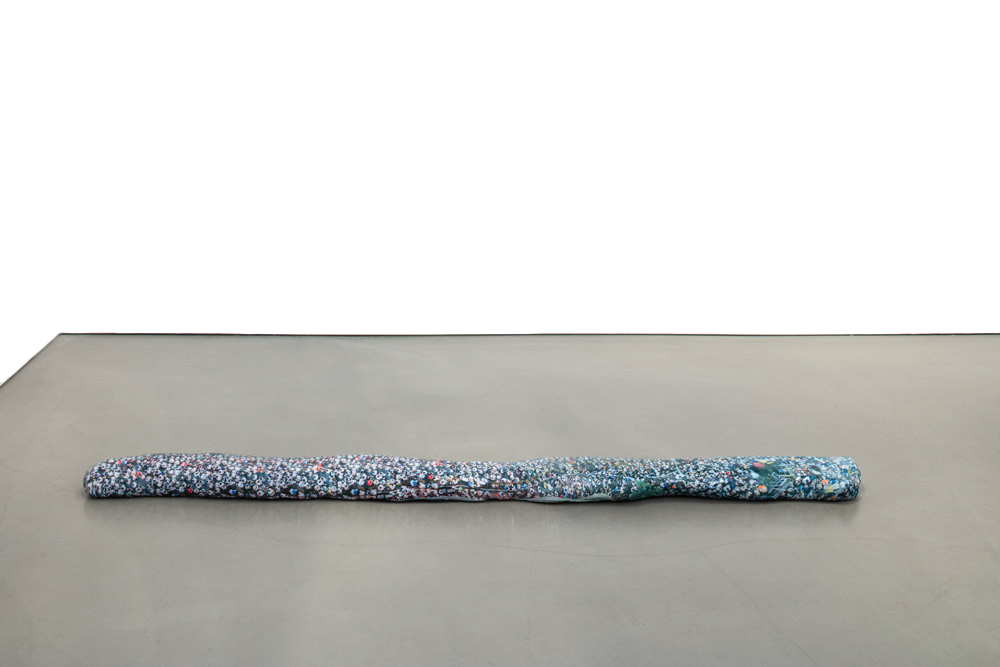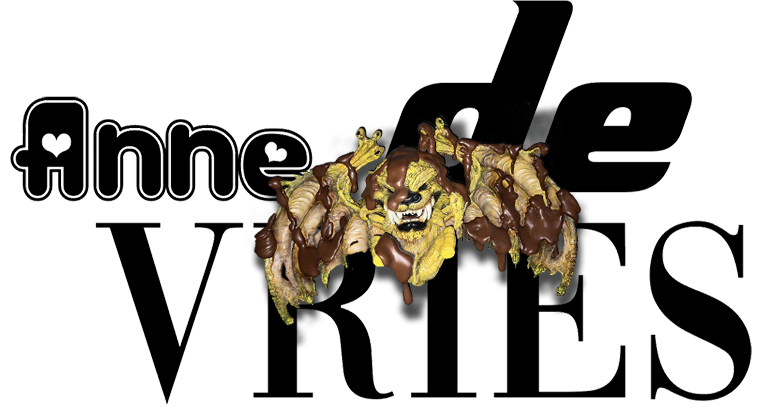









Title: Boids
Artist: Anne de Vries
Year: 2015
Dimensions: Various
Materials: Polystyrene with UV print on vinyl wrap
Subject Matter:
Composed of photographic imagery from a range of social, political, and religious gatherings, including:
- Hong Kong Protest, 2015
- Hajj in Mecca, September 2014
- Tunisian Protest, January 2011
- Je Suis Charlie March, Place de la République, Paris, January 2015
- Martin Luther King Jr.’s speech, Washington D.C., August 1963
- Guatemala Rises Up, May 2015
- …and others
Conceptual Background:
Before feathers enabled flight, they first evolved in dinosaurs for terrestrial functions—such as thermal regulation, camouflage, or signaling. Over geological timescales, these structures were co-opted into entirely new uses, eventually granting birds the power of flight. In evolutionary biology, this phenomenon is known as exaptation: a trait originally evolved for one purpose that is later repurposed for another.
Recent computational models of E. coli suggest that many traits begin as exaptations. This concept counters deterministic views of biology, emphasizing instead contingency and transformation. If forms and functions in nature can be radically retooled—enabling creatures to fly over mountains or swim through oceans—it is because matter itself is inherently open, mutable, and devoid of fixed essence.
The world is constantly reconfiguring itself. Structures we see today may serve vastly different purposes tomorrow. Each moment offers a new configuration—dependent, impermanent, and full of latent potential. The artworks in Boids engage with this idea: that form, function, and meaning are fluid, and that the universe, like the self, is continually becoming.
Installation views from E_MERGE at Foam Museum, Amsterdam and ‘Asdzáá nádleehé‘ curated by Timur Si-Qin at Andrea Rosen Gallery, New York
